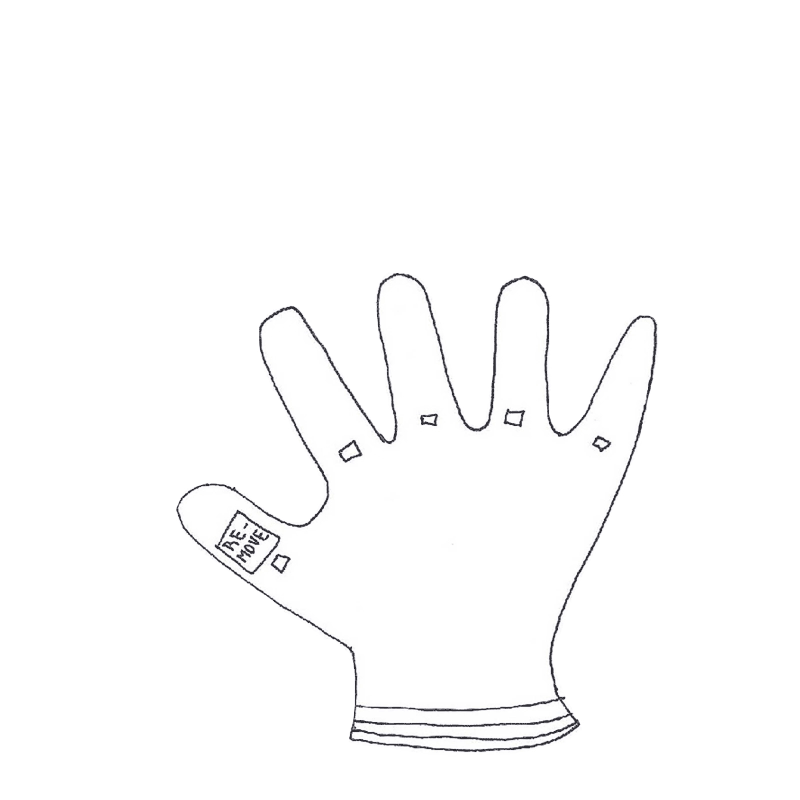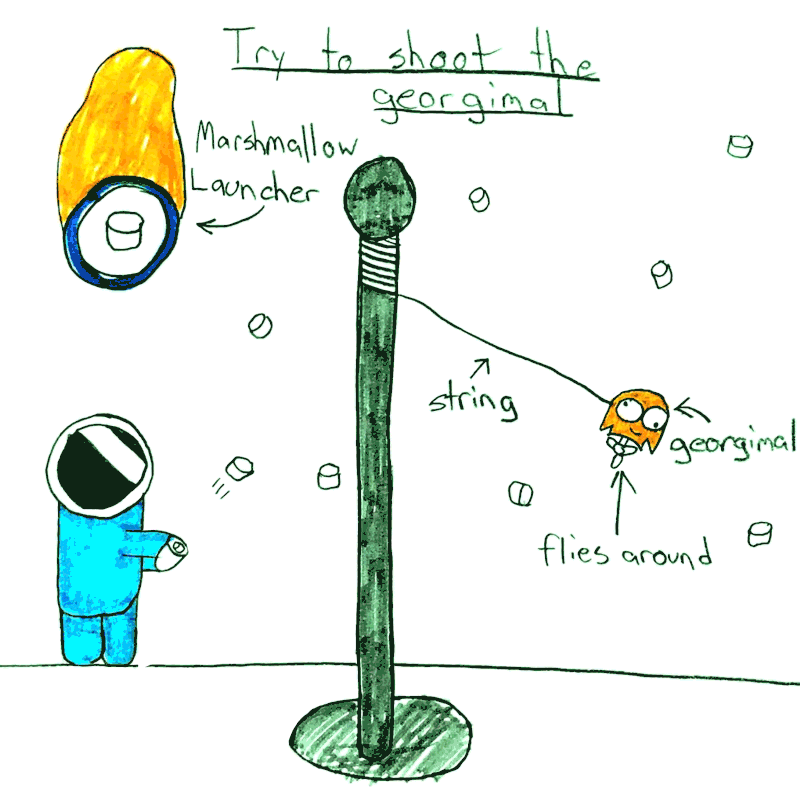James Plant

Website:james-plant.com
Twitter:@james_plant
Instagram:jamesplantstudio
Skills:I’ve CAST concrete, silicone, plaster, aluminium, and some toxic items, TURNED wood, aluminium, steel and nylon, WELDED cages and plates (but it’s not my favourite!), PAINTED chairs, door stops, and giant dog bowls! CUT almost every material known to man, DRILLED stainless steel, glass, bricks and ceramics, ROUTED mdf, corian and natural woods, 3D PRINTED whistles, door handles and light shades, WIRED over a thousand lights, FORGED iron and BUILT giant fans, fountains for dogs & items from the future.
I'm a creator, a maker, an industrial designer. I enjoy the mix of scale and materials my work brings, designing one-off and art-based items, alongside mass-produced objects and individual interiors, furniture and lighting.
Learning the processes is key, knowledge of a workshop/factory informs the designer to create better objects. It's why making and documenting Little Inventors ideas will create the next generation of designers!
Recent blog entries
For the space helmet, the design was quite plain and tidy, with a clear silver design and a large visor for the astronaut to see out of. Once I had selected a helmet that was close to the original design it was important to paint the silver top to reflect the sun from the helmet.
The emergency airbag that is due to inflate when the helmet has an impact needed to be clear so that the astronaut could get back inside to the ship. I used a clear Polyethylene Vinyl Acetate to create the barrier and experimented with various was that the airbag would fit between the visor and the astronaut. Some key details that Sophia included really brought the helmet to life, including the neck gaiter and the small device box inside the helmet.
Finally the worrying part, how do you replicate a loose asteroid hitting your helmet? This time a claw hammer came in useful! Several blows to the visor give the impression that an impact has occurred, and this reveals the life-saving device behind the visor.
Sophia had a clear vision for how her design would work in protecting astronauts when an accident might occur. When we Skyped to discuss the details of her design we talked about the functions of the invention and Sophia’s vision of how it would initiate. Due to the technical limitations in design development, we opted to create a looks-like model of Sophia’s design. As Sophia had drawn, it would be a space helmet that demonstrated the airbag in an exploded state so people can understand the concept.
The Georgimal stick, what an interesting concept to keep astronauts engaged and relaxed! The sketch brief was pretty detailed in this design. I wanted to bring the idea to life the most I could on earth. With the effects of gravity, I needed to decide how the Georgimal would fly! I was able to source a small drone that flys similar to how a Georgimal would in space.
I used a process called laser cutting to cut the profiles of the marshmallow launcher and the base of the stick. The post is made from polypropylene, a strong and lightweight plastic and the ball as shown in the design drawing sits on top to stop the Georgimal escaping.





